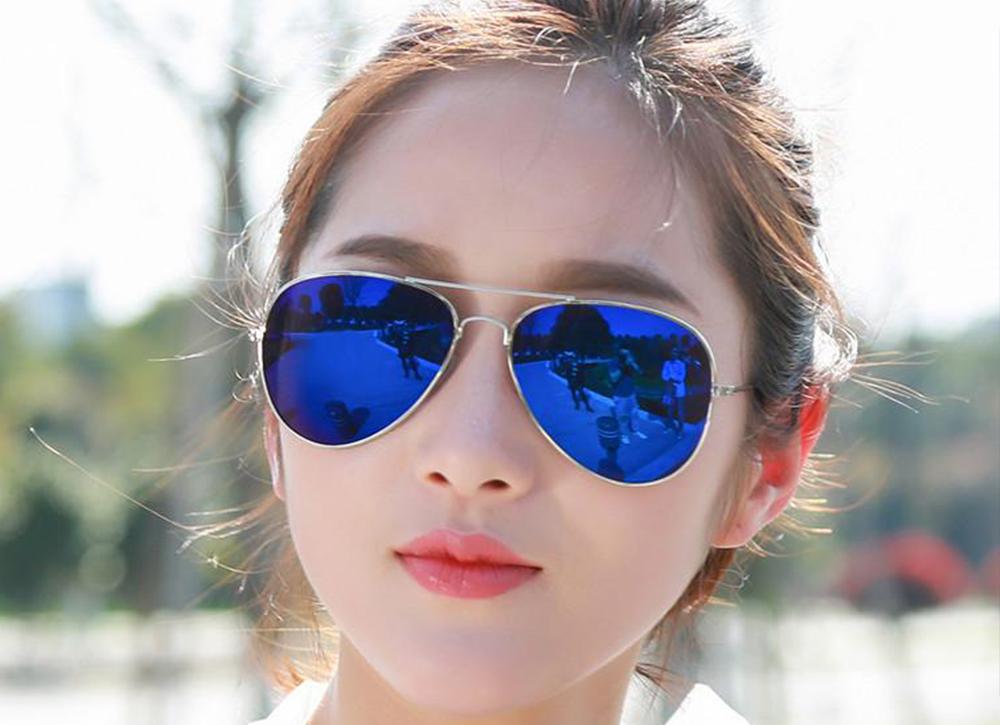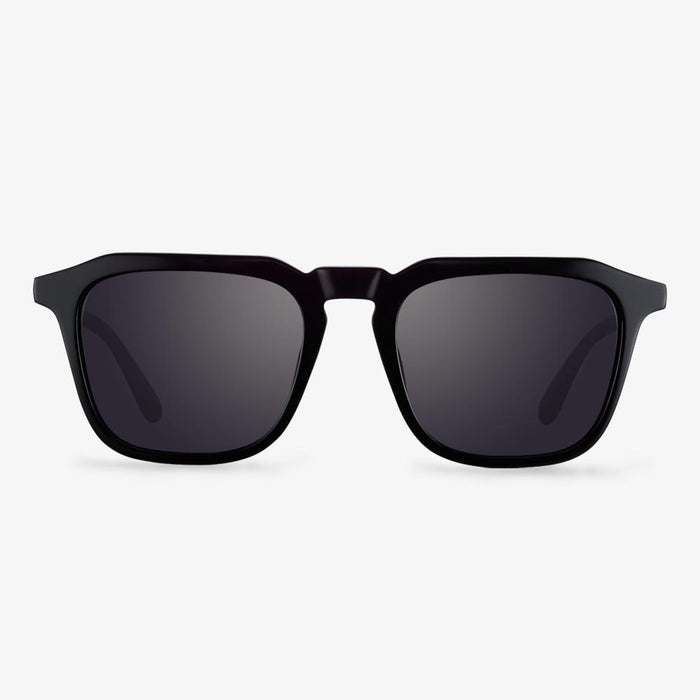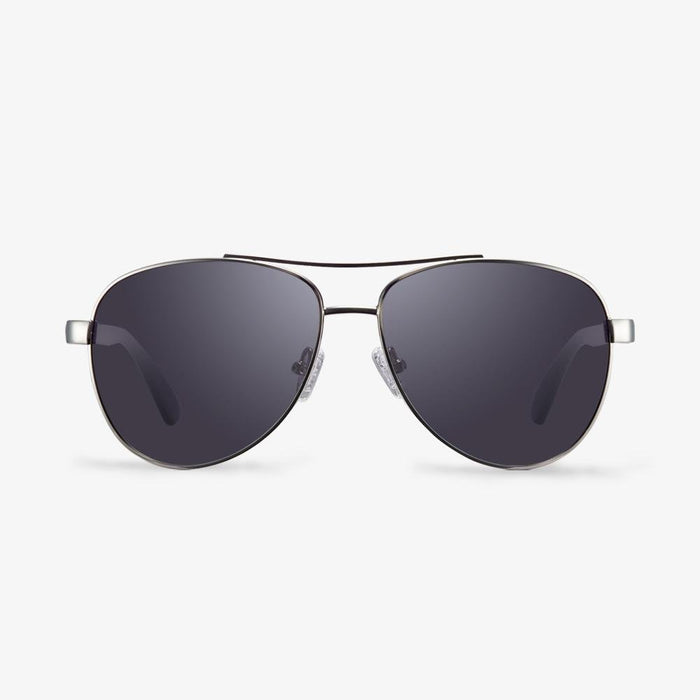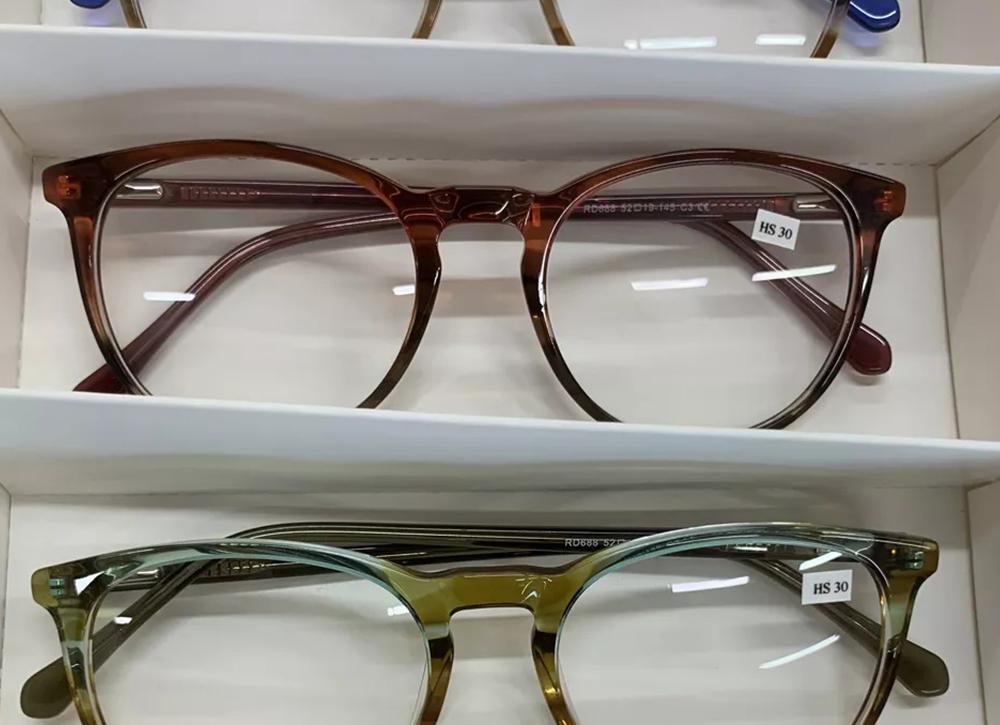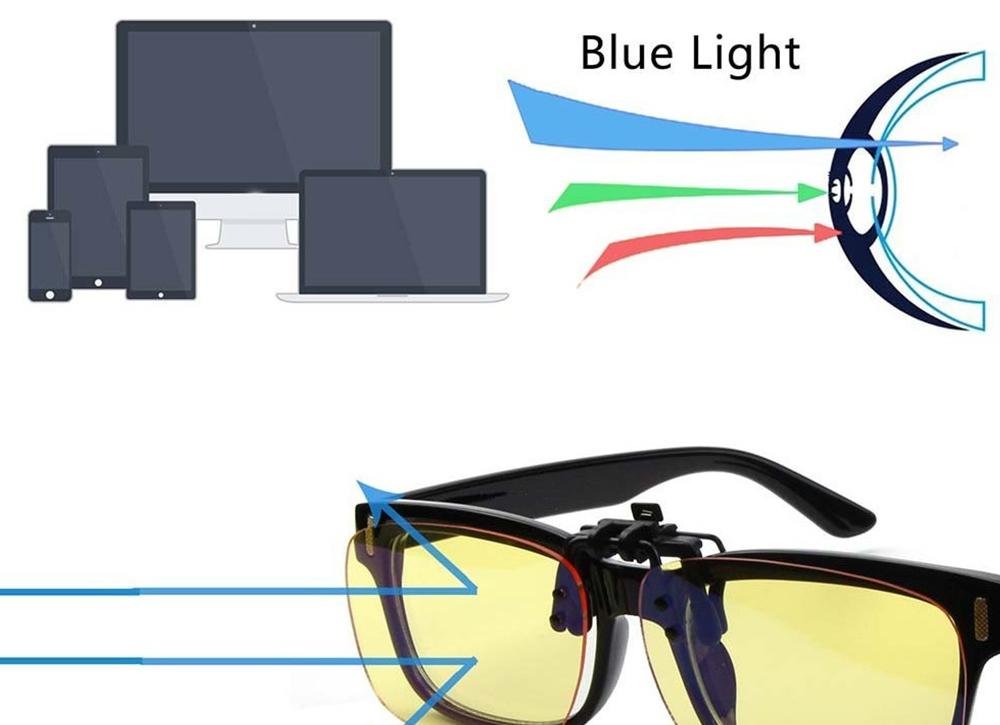In the ever-evolving world of sunglasses, one color has been making waves for its unique blend of style and functionality – blue lens sunglasses. Not just a trendy fashion accessory, blue lens sunglasses serve specific purposes that go beyond aesthetics. In this article, we'll dive into what blue lens sunglasses are for and why they're becoming a popular choice for those seeking both eye protection and fashion-forward eyewear.
Blue sunglasses are an accessory.
All sorts of colorific plating film can be added outside the lens. Because of the low transmittance, it won't affect the eye to see out of the reflection. It depends on preference. Most people look at all the different styles and colors of sunglasses in the window, but they don't know how to choose the right sunglasses for them. Light blue, light pink and other lenses are also decorative more than practical lenses. The blue lens can be chosen when playing on the beach. The blue can effectively filter out the light blue reflected by the seawater and the sky. The blue-gray lens is similar to the gray lens, both of which belong to the neutral lens, but the color is darker and the visible light absorption rate is higher.
Can blue sunglasses protect your eyes?
As the ozone layer becomes thinner, more blue radiation and ultraviolet light penetrate through the ozone layer, increasing the exposure to our eyes and increasing the incidence of cataracts and causing long-term damage to the retina, as well as premature aging of eyeball tissues and corneal damage. Sunglasses are meant to protect the eyes. If you wear poor-quality blue sunglasses, you can get more harmful light into your eyes than if you don't wear them. In the summer, wearing the right pair of sunglasses can help protect our eyes and prevent the premature appearance of wrinkles around the corners of our eyes. Sunglasses must pass the inspection of the Bureau of Standards and Inspection before being sold to ensure that consumers are provided with products that filter UV and protect their eyes. Buying poor-quality sunglasses with blue lenses are the worst way to hurt your eyes. Please choose the stores and brands you trust.
Choose the right color for your sunglasses.
The wrong sunglasses can affect the development of the eyes and even cause amblyopia. Running or colliding with the frames and lenses can cause damage to the eyes. Wear sunglasses of gray, tawny, dark green, and brown. Some retinal cells accumulate light-sensitive compounds as we age. Wavelengths in the blue part of the spectrum activate these compounds to the greatest extent, promoting the release of harmful free radicals. Darker sunglasses can delay the transmission of sunlight through the eyes to the brain.
When can't you wear blue sunglasses?
There is a strong light in summer. The reflection of the sun on the object will make people dazzling, fatigue, and reduce the timeliness of the driver's operation. Some people choose darker sunglasses to reduce glare, but this choice is not scientific. We should avoid using blue lenses when driving because they can confuse us with the color of traffic signals.
Thank you for your time in reading our passage “What are blue lens sunglasses for?”. For more information about sunglasses, please continue to follow?https://www.koalaeye.com/blogs/our-stories. Also, it is welcome to share and forward to Facebook and Twitter.

